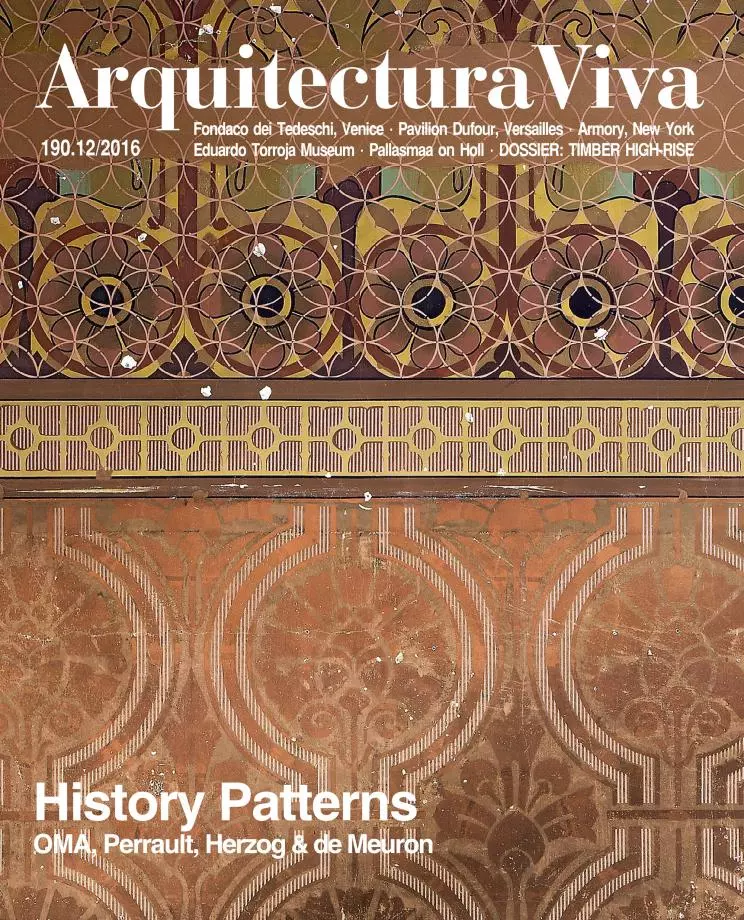
Like many of Spain’s small museums, especially the modern art ones, Cuenca’s was a private initiative. In 1961, the Spanish-Filipino painter Fernando Zóbel started looking for the ideal location for a museum of Spanish abstract art, but it was in 1963 that his friend and fellow-artist Gustavo Torner, a native of Cuenca, suggested the famous ‘Hanging Houses,’ as they are called, as an appropriate site. The building was a property of City Hall, which rented it to Zóbel for a symbolic amount. A museum was thus born in 1966 that has been known for its exquisite policy of acquiring pieces only via purchase, never through donations, thanks to which it currently holds a collection of 1,500 works – paintings and sculptures – by the country’s great abstract artists. But it is not just the art collection – donated by Zóbel in 1980 to the Madrid-based Juan March Foundation , which has managed it since – that makes this museum so special. What makes it special, too, is the container, the actual formidable presence of the Hanging Houses, a 15th-century construction of strong solid walls and Mudejar coffered ceilings which, after a restoration work carried out in 1966 by the local architects Fernando Barja and Francicso León Meler, rises proudly over the Huécar River Gorge, in defiance of gravity. Now, to mark its fiftieth year of existence, the museum has just undergone a renovation project that gives it an additional 100 square meters of floor space while reassigning a preexisting 170 for exhibition use.





